Is the Light Emitting Diode (LED) light source truly superior to older technologies, such as incandescent, halogen or compact fluorescent (CFL)?
Recently, there has been renewed debate over which offers the most energy-efficient and human-centric light with the most flexible design application and seamless integration. Understanding the benefits of LED lighting is essential for commercial buildings owners, developers, architects and designers. This article explores how LED lighting compares to the current alternatives.
Table of contents

Advantages of LED
Beyond energy savings, LED lights boast a longer lifespan, increased durability and resistance to shock and vibration and expanded design application and integration with technology.
Improved life span
LEDs have a significantly longer lifespan compared to both incandescent and Compact Fluorescent Lamps (CFLs). LEDs typically last for 40,000 to 50,000 hours and can even reach up to 100,000 hours or more.
- CFLs generally have a lifespan ranging from 8,000 to 15,000 hours, although some may last up to 20,000 hours
- Incandescent bulbs have the shortest lifespan, typically ranging from 750 to 2,000 hours. Some long-life incandescent bulbs may reach around 2,000 hours
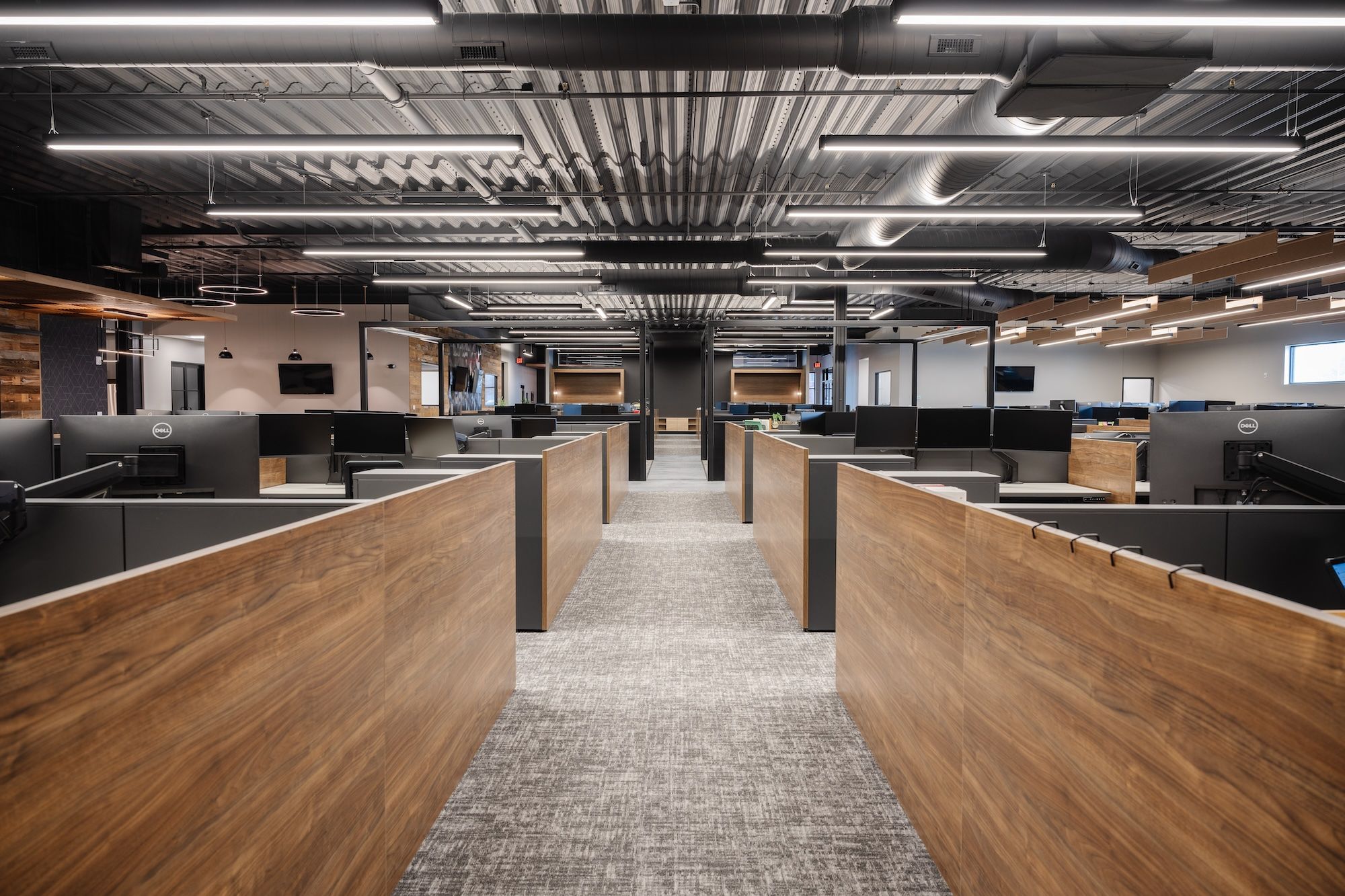
Using LED lighting in commercial applications results in a significant reduction in monthly electricity expenses, potentially ranging from 20% to 50% or even higher in certain circumstances, through decreased lighting energy consumption and a reduced load on HVAC systems. The actual savings depend on several factors, including the existing lighting technology, climate, building insulation, and HVAC system efficiency. Additionally, building engineers and maintenance teams can spend a lot less time replacing lamps and fluorescent ballasts.
As a example of potential savings, the Empire State Building’s green retrofits saved an estimated $4.4 million per year in energy costs.[1] Although these improvements were achieved through a variety of improvements, such as lighting upgrades, including sensors and controls, window refurbishment, radiator insulation, chiller plant upgrades and other energy efficiency measures.
Less heat
LEDs produce very little heat compared to incandescent and compact fluorescent bulbs. Incandescent bulbs release about 90% of their energy as heat, and CFLs release around 80%. LED bulbs generate significantly less heat than other bulb types. This makes for more comfortable environments for occupants.
CFLs and hazardous waste
CFLs contain mercury, which is essential for the bulb to function and produce light. Electricity passing through mercury vapor inside the bulb generates ultraviolet light, which then causes the bulb’s phosphor coating to fluoresce and emit visible light. LED bulbs do not contain mercury and are not considered hazardous materials and do not pose health risks to humans.
Improved light quality
LED lighting offers:
- Superior color accuracy
- Consistent color temperature with a wider range
- Smoother dimming capabilities
Improved light quality in offices allows LED lights to provide a more visually comfortable work environment that supports productivity while reducing eye strain.
Although the quality difference is most notable versus fluorescent bulbs, there are also quality benefits versus other bulb types. For example, incandescent bulbs offer a limited color temperature range, lacking daylight color temperatures that can be beneficial for focused, detail work.
LED bulbs also offer color tuning capabilities, which allow artificial office lighting to harmonize with the natural cycle of the sun, fostering healthier circadian rhythms for employees.
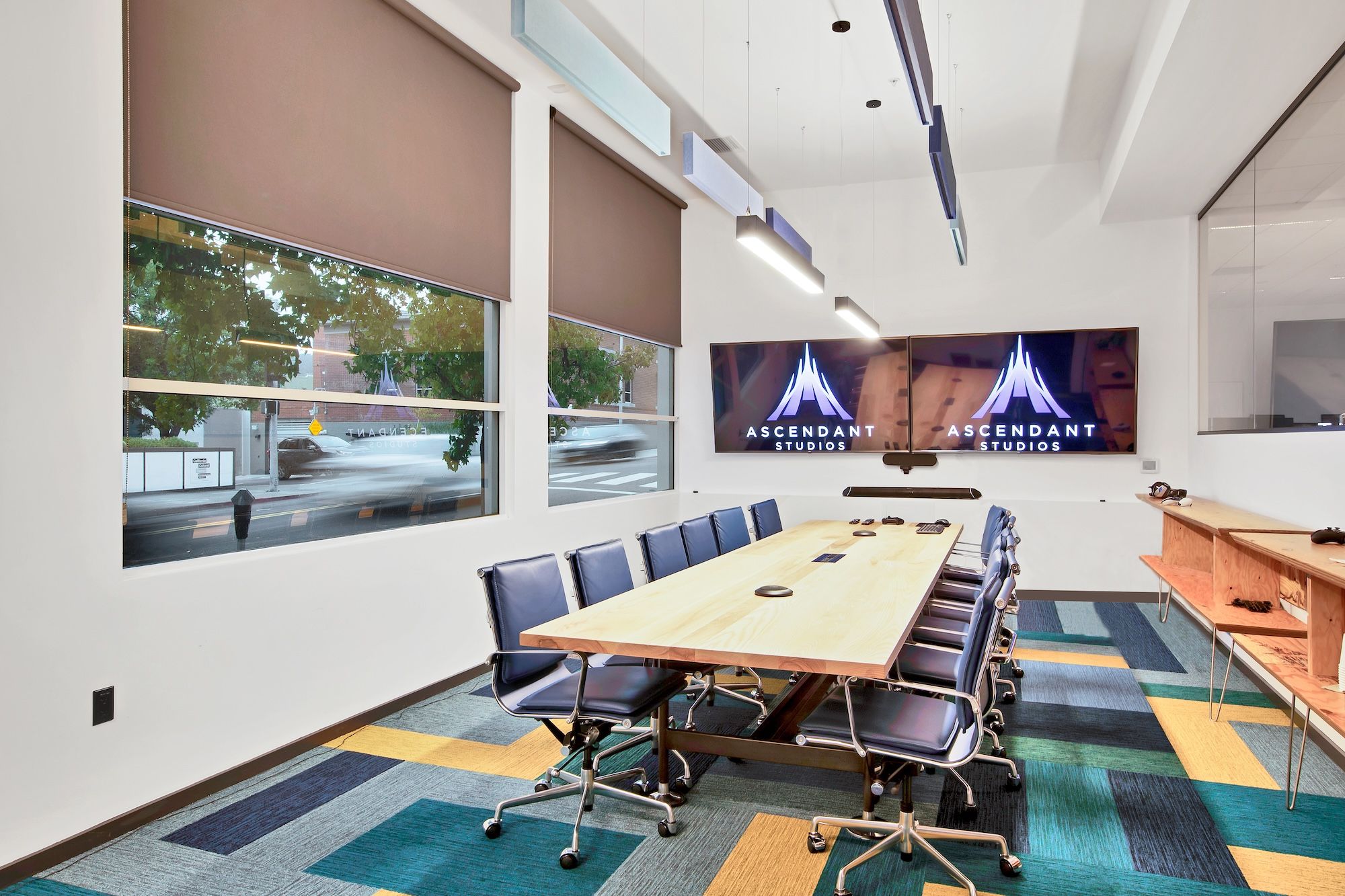
Design flexibility
LED lighting technology has significantly increased design flexibility and expanded lighting in commercial applications. LEDs are solid-state technology and compact enough to be integrated into thin, flexible, or irregularly shaped fixtures. Designers can embed them in thin strips, panels, or even fabric, enabling more creative installations and architectural integration.
The broad and growing range of LED lighting products available in the last decade has empowered designers and architects to use lighting as a design tool to highlight or enhance architectural features. Architects use direct and indirect lighting, perimeter lighting and RGBW color-changing LED lighting to create dynamic office spaces and immersive brand experiences.
Why efficiency matters to business owners
When it comes to commercial projects, the push for more efficient technology isn’t just about the climate. It’s about reducing operating costs.

LED lighting lowers operating costs by:
- Lowering monthly electricity costs
- Lowering maintenance costs
- Lowering HVAC costs
For commercial and corporate operations, the savings are substantial.
Comparing LED to other bulb types
Here’s how LED lighting stacks up versus other bulb types:
LED vs Incandescent
| Incandescent | LED | |
|---|---|---|
| Average bulb cost | $2-$4 | $6-$8 |
| Lifespan | 750 – 2,000 hours | 50,000 – 100,000 hours |
| Average power consumption | 60 watts | 8 watts |
| Heat emission | 90% of energy consumed | 10-20% of energy consumed |
| Flicker | Minimal (usually not noticeable to the eye) | None |
| Color rendering | Excellent (100 CRI) | Good (90+ CRI) |
| Color temperature | 2700K to 3000K | 2700K to 6500K |
| Dimming | Smooth and easy, but not energy-efficient | Smooth and efficient |
LED vs Halogen
| Halogen | LED | |
|---|---|---|
| Average bulb cost | $3-$5 | $6-$8 |
| Lifespan | 2,000 – 4,000 hours | 50,000 – 100,000 hours |
| Average power consumption | 90 watts | 8 watts |
| Heat emission | 80-90% of energy consumed | 10-20% of energy consumed |
| Flicker | None | None |
| Color rendering | Excellent (100 CRI) | Good (90+ CRI) |
| Color temperature | 3000K (standard), 4000-5000K available | 2700K to 6500K |
| Dimming | Smooth and easy, but not energy-efficient | Smooth and efficient |
LED vs CFL (compact fluorescent lighting)
| Fluorescent | LED | |
|---|---|---|
| Average bulb cost | $2-$5 | $6-$8 |
| Lifespan | 10,000 – 30,000 hours | 50,000 – 100,000 hours |
| Average power consumption | 14 watts | 8 watts |
| Heat emission | 30-80% of energy consumed | 10-20% of energy consumed |
| Flicker | Yes | None |
| Color rendering | Average (80 CRI) | Good (90+ CRI) |
| Color temperature | 2700K to 6500K | 2700K to 6500K |
| Dimming | Not as smooth or with dimming as low; dimming may shorten lifespan | Smooth and efficient |
The bottom line for modern businesses
When it comes to the best type of lighting for commercial offices, LED beats CFL hands down. The original benefit of CFL was that it offered greater efficiency than incandescent. But with the advent of LED, that race for efficiency was won.
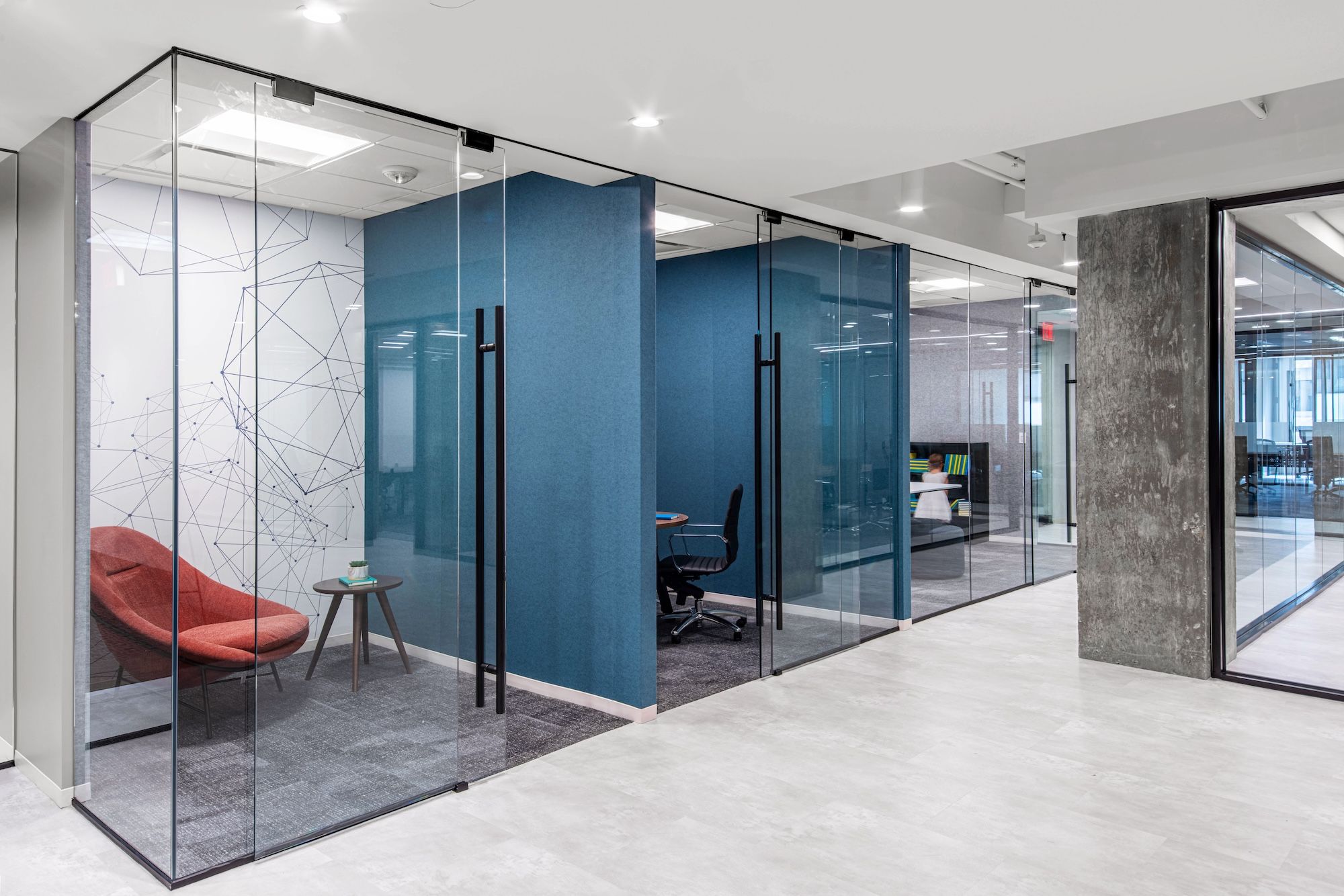
And though halogen and incandescent bulbs may offer improved color representation necessary for some creative teams, the increased energy consumption, heat dissipation and maintenance cost don’t make them a cost-effective solution for large-scale office buildings. By contrast, LED offers quality color representation at a much lower lifetime cost.
Thus, particularly for commercial offices, the choice is clear. LED lighting provides a range of benefits, while other bulb types provide only certain benefits.
Sources:
[1] https://time.com/6026610/empire-state-building-green-retrofit/https://www.huttonpowerandlight.com/blog/led-vs-incandescent-lighting-a-cost-comparison/
https://rapidtransition.org/stories/the-lightbulb-moment-the-rapid-shift-to-leds-and-ultra-efficient-lighting/
https://www.displays2go.com/Article/LED-Halogen-Bulbs-A-Bigger-Difference-Than-You-Might-Think-69#
https://www.modern.place/how-long-to-led-bulbs-and-leds-last/
https://www.angi.com/articles/ask-angie-why-do-my-cfl-bulbs-flicker.htm
https://www.energycircle.com/blog/why-you-should-never-use-non-dimmable-cfls-dimmer-switches

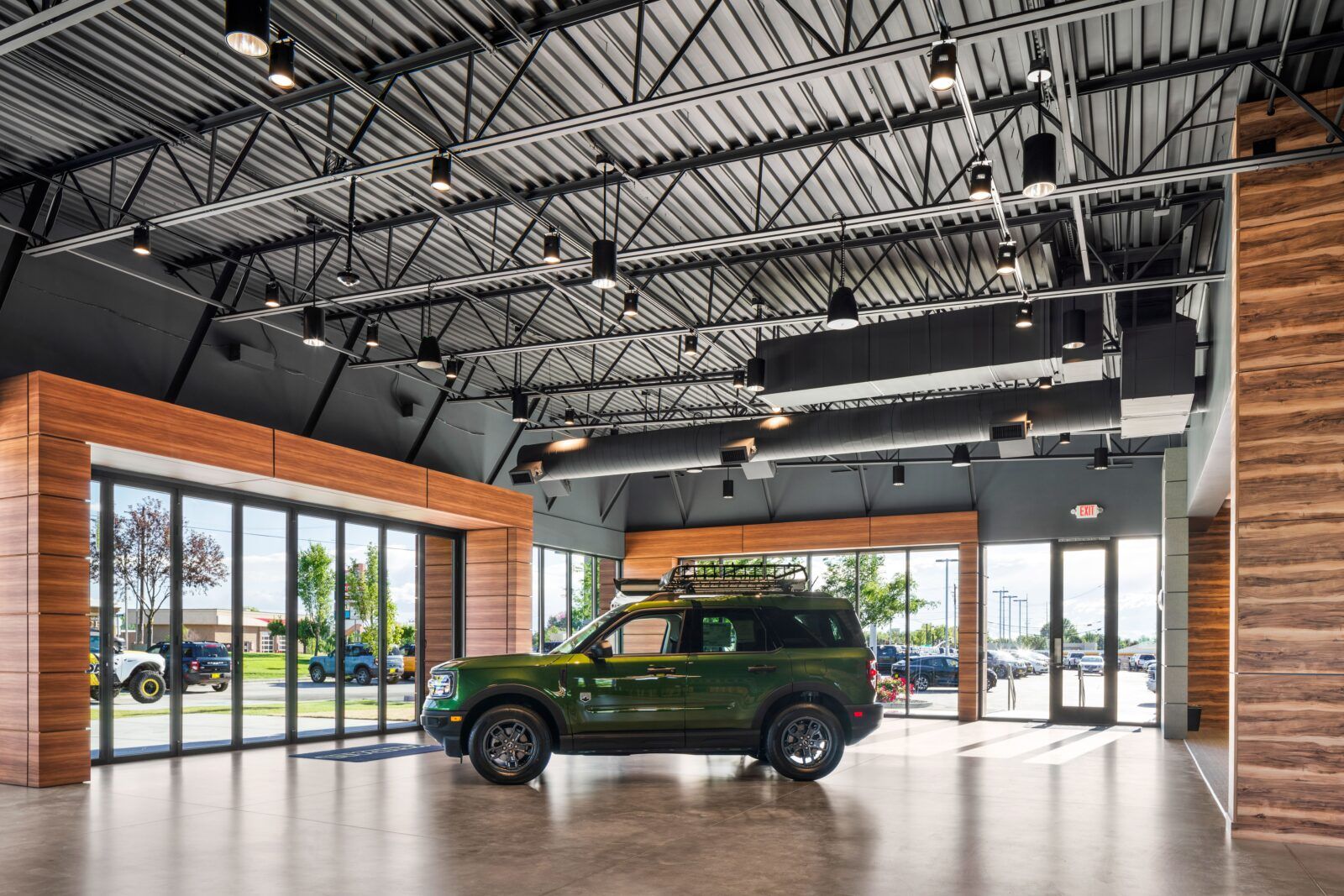
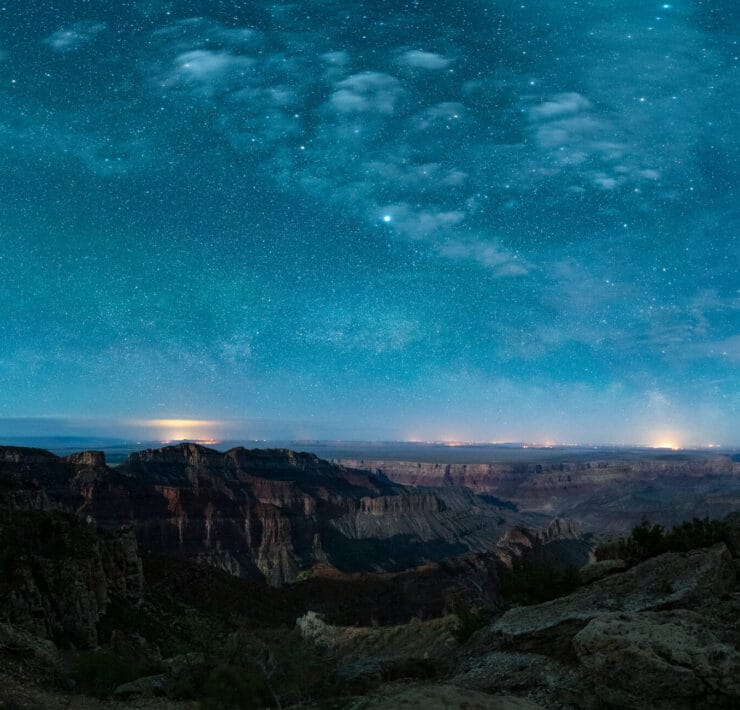
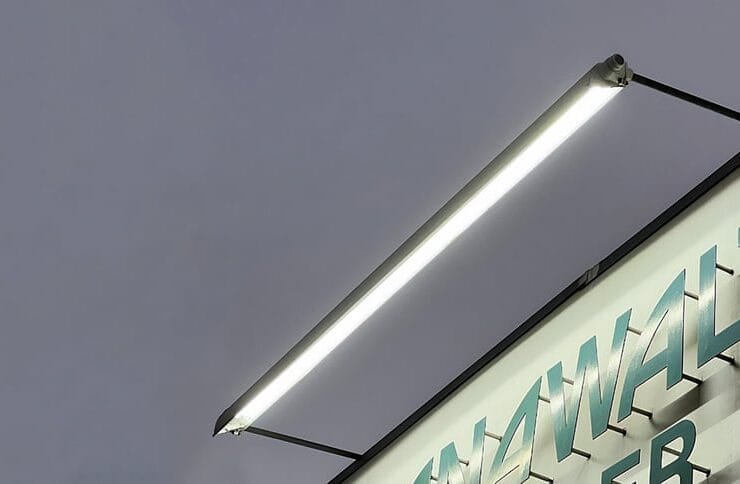
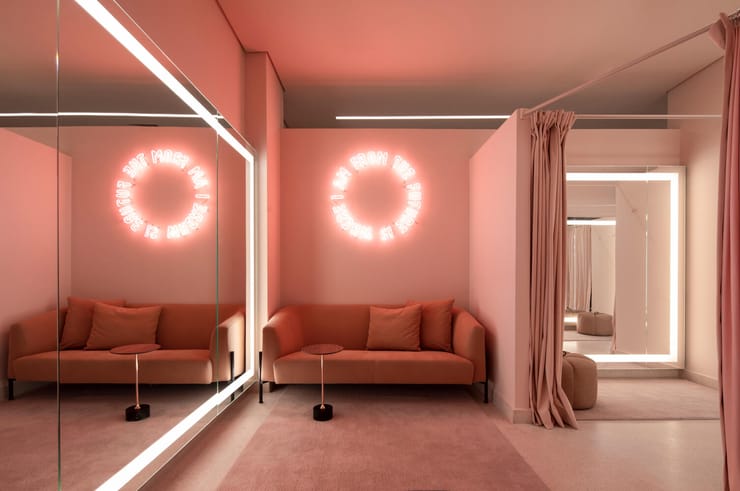
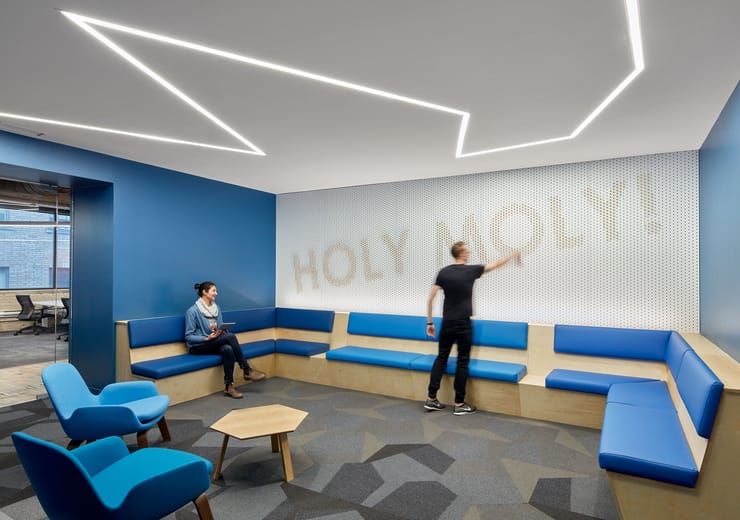
I didn’t realize that LED lights had a life span of 10-25 years. Depending on where your lights are placed in the building, this can be very convenient to help you not have to replace them very often. Plus, it gives you more time to benefit from lighting without worrying… Read more »
[…] Though there are some schools that are taking action to change fluorescent lights to more adjustable LED lights, we still have a long way to go. The costs for these adjustments don’t need to be overwhelming. We broke down what you can look for in regards to costs and… Read more »
[…] and halogen light sources both get high (90+) CRI ratings. The light from fluorescent and other discharge lamps is composed of a limited range of wavelengths therefore these light […]